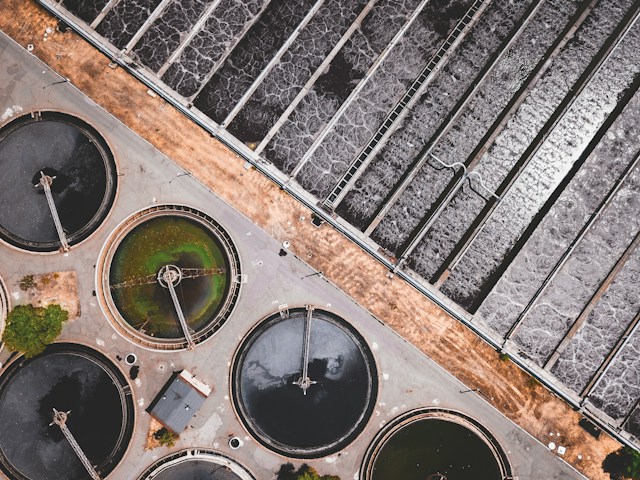Whether you are looking to print a small volume of books or an entire book series, knowing how much you will be charged for hardcover book printing is essential. Several factors will affect your costs, and it is also essential to understand that your per-book price will vary based on the number of pages in your book.
Offset printing vs. offset printing
Whether you’re in the market for a cheap hardcover book printing or just a plain old paperback, there are a few things to consider. The first question to ask yourself is what kind of printing method you want to use. You’ll find several choices: offset printing, digital printing, and print-on-demand. Each has its advantages and disadvantages. The most cost-effective method for printing hardcover books is offset printing. It offers the best color reproduction and produces great-looking prints. However, it does have a high initial setup cost and a long print turnaround time. Digital printing is often the better choice for smaller print runs. In addition, it is quicker and more precise. This method is ideal for printing one-off event brochures or in-house booklets. Print-on-demand, on the other hand, is slower than digital printing. It also does not offer embossed lettering or unique paper options. However, it eliminates the need for significant upfront costs and can print as many books as possible. While digital printing is often the best choice for short runs, offset printing can be the best option for larger print runs. In addition, you can save money by working with an offshore printer if you have a large print run.
Covers and dust jackets
Hardcover book printing costs can vary depending on the materials used to make the cover. This can include production costs, setup costs, and paper requirements. The cost of producing hardcover books will also vary depending on how many copies you plan to print. Whether you are self-published or working with a traditional publisher, knowing how much hardcover book printing costs can help you decide on the best option. If you are self-published, your hardcover book printing cost will be based on the cost of producing your cover, which can vary. Building a hardcover book can cost less than paperback book printing if you plan to sell it directly to your reader.
Some covers are made from paper, while others are made from natural cloth. The texture of the surface can affect the final cost. For hardcover book printing, you may also choose to have a dust jacket. A dust jacket is a detachable outer cover. This can be used to provide extra space for text and to provide author information. It can also be used to display an illustration.
Premium color printing vs. premium color printing
Choosing between Premium color printing and Standard color printing for your book can take time and effort. The difference is often subtle but can considerably impact your final product. Fortunately, there are a few things to keep in mind. First, the most apparent difference is the type of paper used to print your book. Typically, Standard color is printed on lighter creme paper, while Premium is printed on thicker, laminated paper. The heavier article is helpful for readers with heavy ink coverage and helps prevent the artwork from bleeding through the pages. In addition, Premium color printing is likely to be cheaper. This is because it requires more ink and paper and costs more. This makes it a better choice for books that need more ink, such as comic books and art books.
Offshore printing vs. offshore printing
Hardcover book printing can cost between $1.00 and $4.00 per copy, depending on the quantity and quality of paper you use. But the price can also depend on the printer you use. Most printers have an estimate of how much a book will cost on a “house sheet,” which will detail the cost in terms of unit cost. The assessment should also include an allowance for freight costs. You’ll also want to consider the quality of the paper and the binding method. Offset printing is the best option for specialty papers. It also allows for the printing of color pages separately. It also requires a more extensive print run. It is expensive, however. Its margins are higher, and it requires the services of a professional publisher. Digital printing is similar to offset printing, but it is less inexpensive. It is a good option for small print runs but does not save you much money. However, it has the same features, such as the ability to print on demand. Print-on-demand is a popular method for indie publishers, but it does have a higher price per copy. It also uses electricity and heat. Therefore, the quality of print-on-demand could be better than offset printing. However, the technology is improving and catching up to offset printing.




